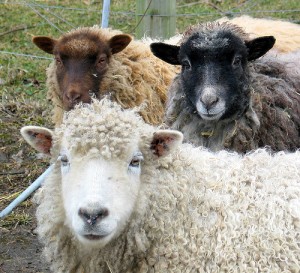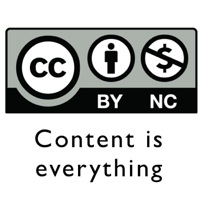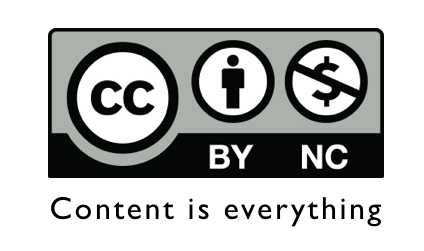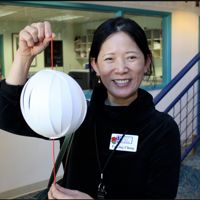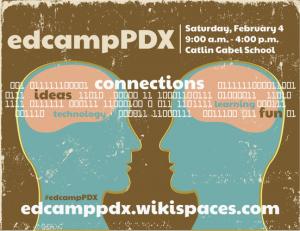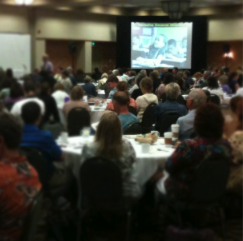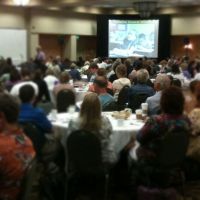A recent rebroadcast of an interview with William Deresiewicz on WBUR’s Here & Now led me to his essay Solitude and Leadership in American Scholar. The essay is from a lecture he delivered to West Point’s plebe class October 2009.
Deresiewicz addresses the roots of our crisis of leadership in America,
… I know what it’s like for you guys now. It’s an endless series of hoops that you have to jump through, starting from way back, maybe as early as junior high school. Classes, standardized tests, extracurriculars in school, extracurriculars outside of school. Test prep courses, admissions coaches, private tutors. … So what I saw around me were great kids who had been trained to be world-class hoop jumpers. …They were, as one of them put it herself, “excellent sheep.”
… We have a crisis of leadership in America because our overwhelming power and wealth, earned under earlier generations of leaders, made us complacent, and for too long we have been training leaders who only know how to keep the routine going. Who can answer questions, but don’t know how to ask them. Who can fulfill goals, but don’t know how to set them. Who think about how to get things done, but not whether they’re worth doing in the first place. What we have now are the greatest technocrats the world has ever seen, people who have been trained to be incredibly good at one specific thing, but who have no interest in anything beyond their area of expertise. What we don’t have are leaders.
What we don’t have, in other words, are thinkers. People who can think for themselves. People who can formulate a new direction: for the country, for a corporation or a college, for the Army—a new way of doing things, a new way of looking at things. People, in other words, with vision.
For his full essay and his thoughts on education, Twitter, and Conrad’s Heart of Darkness click here.
As I’ve written, I’m outraged by the fact that a generation of teachers and students have become slaves to corporatized testing. While our school district mission statements all claim to “foster life-long learners,” in reality, teachers are forced to spend increasing class time prepping kids for predictable tests. We’re giving a generation of kids practice for predictable, routine procedures – and that happens across the “bell curve” from AP test prep to meeting minimal proficiency on NCLB-mandated tests.
If students are going to be productive in a dynamic society and workplace they will need to be agile, fluid learners. Future leaders that are encouraged to explore their own approaches and reflect on their progress. Students who can work collaboratively with their peers to plan, implement and evaluate projects of their own design. For more of my thoughts on standardized testing, teaching and learning, see my test prep tag.
Image credit: flickr/jahansell

